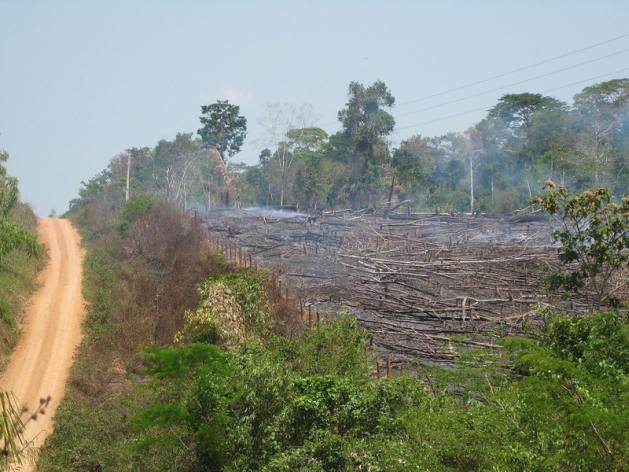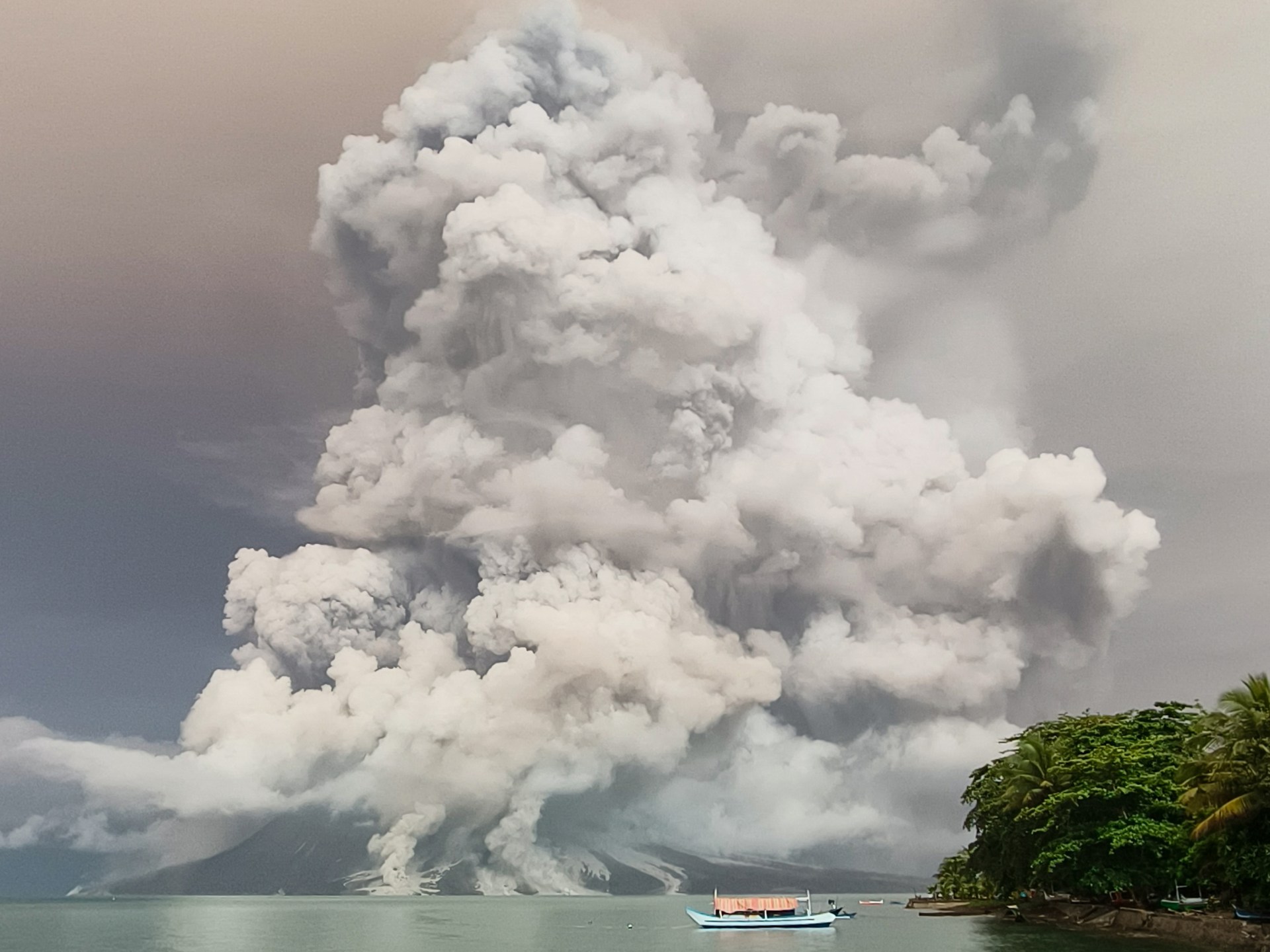The Richest 1% Pollutes More than the Poorest 50% — Global Issues
MADRID, Jun 02 (IPS) – This article is part of a series to mark World Environment Day June 5As an introduction to this year’s World Environment Day on 5 June, this report deals with how the excesses of the world’s population, mostly in the wealthiest countries, are causing so much harm to Planet Earth.
For this purpose, the following account of some of the major facts and figures that the world’s largest multinational body–the United Nations Organisation– has been successively providing, should be enough to complete the picture.
For this purpose, the following account of some of the major facts and figures that the world’s largest multinational body–the United Nations Organisation– has been successively providing, should be enough to complete the picture.
To start with, the fact that the richest 1% of the global population account for more greenhouse gas emissions than the poorest 50%.
In contrast, in the specific case of Africa –54 countries home to 1.4 billion humans– causes a negligible 2% to 3% of all global greenhouse emissions, however it falls victim to more than 80% of the world’s climate catastrophes.
Meanwhile, in high-income countries, the material footprint per capita – the amount of primary materials needed to meet the world’s needs — is more than 10 times larger than in low-income countries.
And the Group of 20 major economies (G20) accounts for 78% of global greenhouse gas emissions.
Now see some major examples:
Fashion
Fashion is one of the most demanded and consumed in the world’s high-income countries.
The fashion industry (clothing and footwear) produces more than 8% of the greenhouse gases and 20% of global wastewater annually.
Example: it takes about 7,500 litres of water to make a single pair of jeans — from the production of the cotton to the delivery of the final product to the store.
And 85% of textiles end up in landfills or are incinerated; much so that every second, the equivalent of one garbage truck full of textiles is landfilled or burned.
Moreover, some 93 billion cubic metres of water — enough to meet the consumption needs of five million people — is used by the fashion industry annually.
Gobbling up the Earth’s resources
The current demand for natural resources is at an all-time high and continues to grow — for food, clothing, water, housing, infrastructure and other aspects of life, the UN reports.
Specifically, the extraction and processing of materials, fuels and food contribute half of total global greenhouse gas emissions and over 90% of biodiversity loss and water stress.
In short, resource extraction has more than tripled since 1970, including a 45% increase in fossil fuel use.
Fossil fuels
Greenhouse gas emissions from the transport sector alone have more than doubled since 1970, with around 80% of this increase coming from road vehicles.
Currently, the transport sector is almost completely dependent on fossil fuels. It contributes approximately one quarter of all energy-related carbon dioxide emissions.
In spite of that, politicians continue to subsidise fossil fuels with 6 to 7 trillion dollars a year.
Food
Every year around the globe 1.3 billion tonnes of food is lost or wasted, that is 1/3 of all food produced for human consumption.
Food losses represent a waste of resources used in production such as land, water, energy and inputs, increasing the greenhouse gas emissions in vain, the Food and Agriculture Organisation (FAO) reports further
Water
Less than 3% of the world’s water is fresh (drinkable), of which 2.5% is frozen in Antarctica, the Arctic and glaciers. And humans are misusing and polluting water faster than nature can recycle and purify water in rivers and lakes.
With one shower of about 10 minutes a day, an average person consumes the equivalent of over 100,000 glasses of drinking water every year.
Severe water scarcity affects about 4 billion people, or nearly two thirds of the world population, at least one month each year.
Waste
Every year, an estimated 11.2 billion tonnes of solid waste is collected worldwide, and decay of the organic proportion of solid waste is contributing about 5% of global greenhouse gas emissions.
Where waste cannot be avoided, recycling leads to substantial resource savings. For every tonne of paper recycled, 17 trees and 50% of water can be saved.
Recycling also creates jobs: the recycling sector employs 12 million people in Brazil, China and the United States alone. However, only 9% of all plastic waste ever produced has been recycled. About 12% has been incinerated, while the rest — 79% — has accumulated in landfills, dumps or the natural environment.
Around the world, one million plastic drinking bottles are purchased every minute, while up to 5 trillion single-use plastic bags are used worldwide every year. In total, half of all plastic produced is designed to be used only once — and then thrown away.
From 2010 to 2019, e-waste generated globally grew from 5.3 to 7.3 kilograms per capita annually. Meanwhile, the environmentally sound recycling of e-waste increased at a much slower pace – from 0.8 to 1.3 kilograms per capita annually.
Conclusion
In short, the world population is already using the equivalent of 1.6 Earths to maintain the current way of life.
But the fact is that ecosystems cannot keep up with such demand. Consequently, should the world continue to consume the resources at the rate it now does, at least five Earths would be needed.
© Inter Press Service (2022) — All Rights ReservedOriginal source: Inter Press Service
Check out our Latest News and Follow us at Facebook
Original Source







